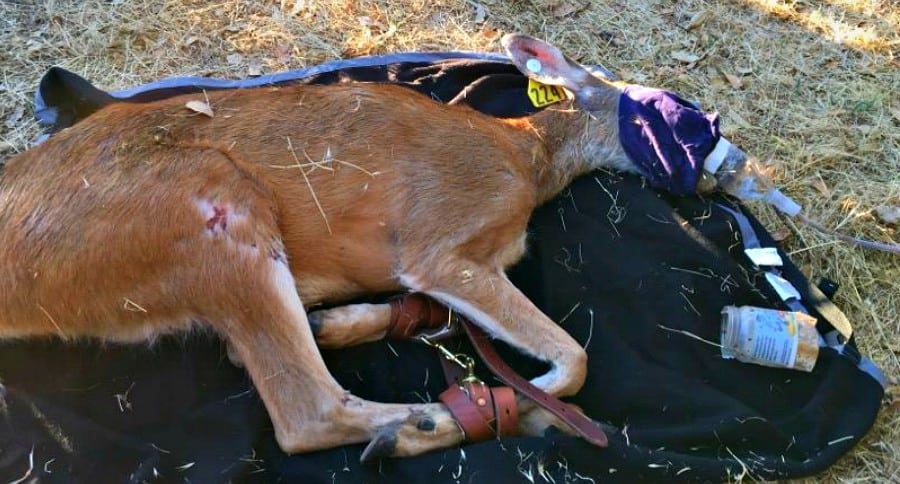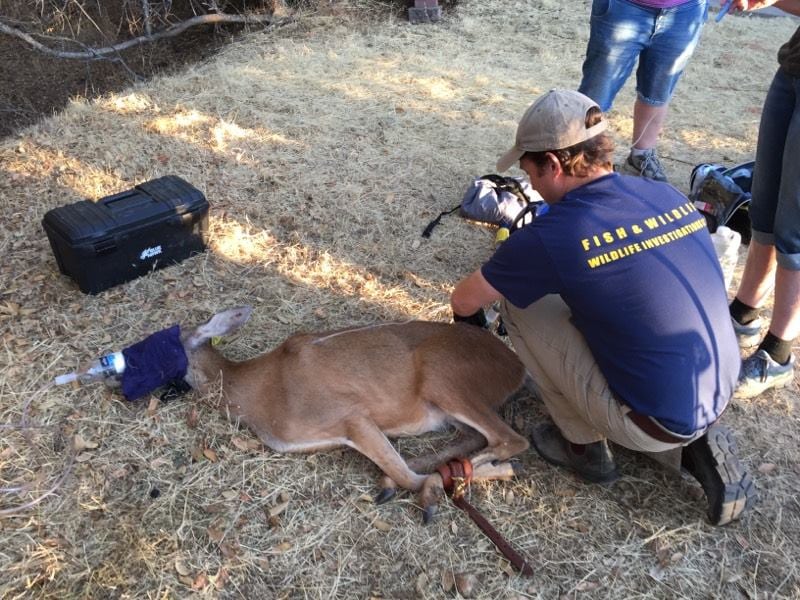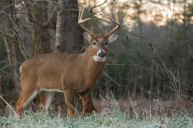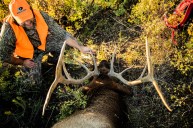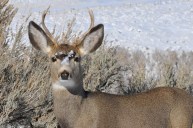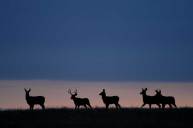This doe shows us the dangers that come along with feeding wildlife.
Who doesn't like to watch wildlife? Whether its deer, turkeys, elk, sheep or even fish, seeing an animal in its natural habitat is incredible. You might be as tempted as the next person to set out a food source for these animals as a way to predict their behavior.
A word of caution, however: check with wildlife resources to ensure you aren't going to put the animals at risk while doing so.
California Fish and Wildlife officials recently captured this deer after a multiple-day quest. Reports had come in of a deer with an object stuck to her face. The peanut butter jar the law enforcement officials removed was preventing the emaciated doe from being able to eat.
If unnatural feeding occurs too often, the animals can become dependent on the food source. Even worse, the animals can begin to lose their fear of humans. While supplemental feeding is allowed in certain states, rarely is it legal on public land like wildlife areas, state parks or national wildlife refuges.
Regulations become even more strict if you plan to hunt on or near an unnatural food source. Please consult the nearest regional office of your local wildlife department to ensure you understand proper land use practices, current wildlife management plans and eligible season dates.
You should avoid supplementing food sources for endangered species or migratory birds.
Like what you see here? If so, click here to read more great hunting, outdoor, and shooting articles by Reid Vander Veen. Also, check out his writer page, Tree Stand Diaries, on Twitter, Facebook and Instagram.
NEXT: CWD CAUSES DEER DEATH RATE THREE TIMES FASTER THAN NORMAL
WATCH
https://rumble.com/embed/u7gve.cc4f1l/
